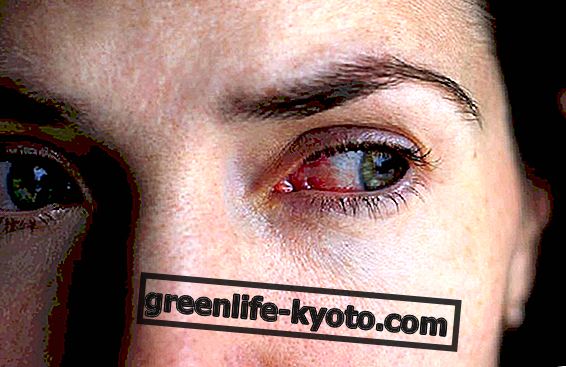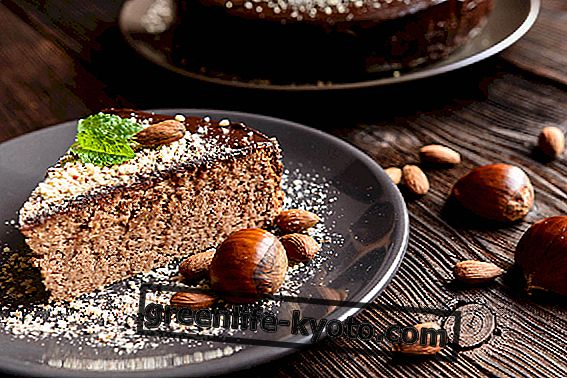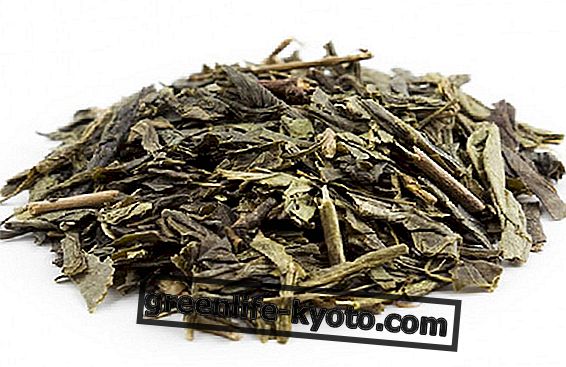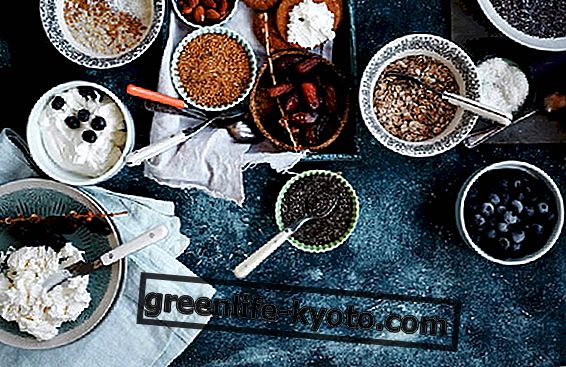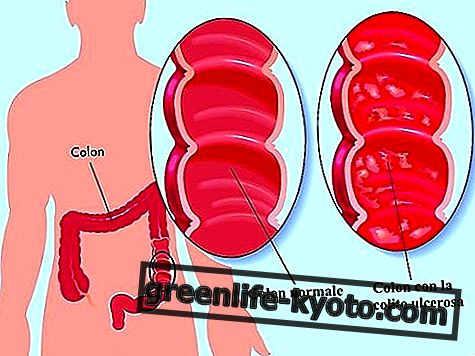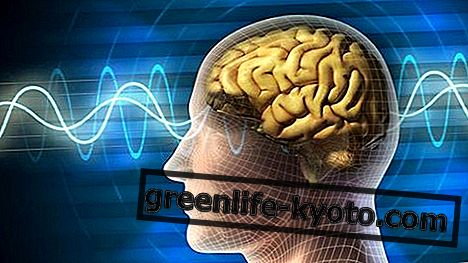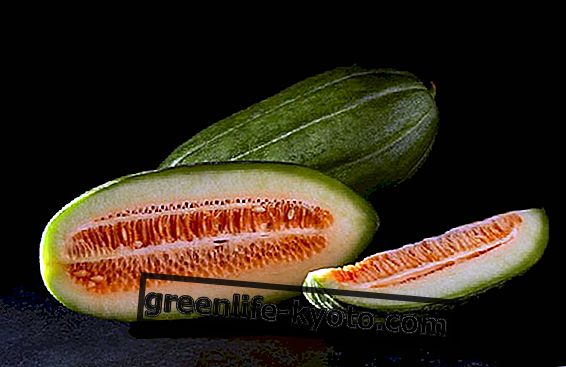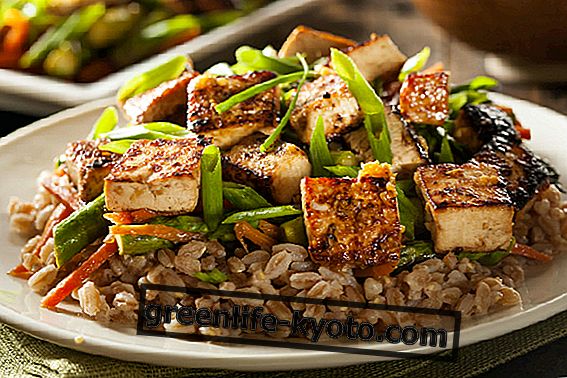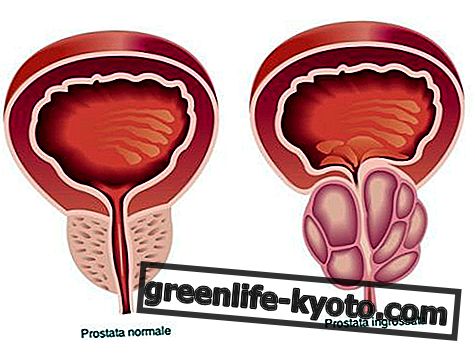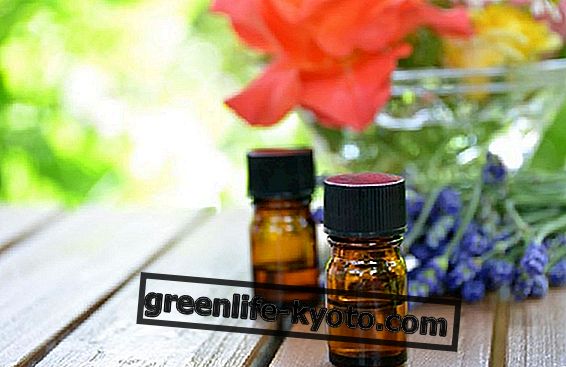Anthocyanins are a group of red and blue pigments extracted from plants, with an antioxidant and anti-aging action, useful as a prevention of many degenerative diseases . Let's find out better.
>
Berries, rich in anthocyanins

What are Anthocyanins
Anthocyanins (also known as anthocyanins in red wine ) are a large and varied group of water-soluble molecules belonging to the flavonoid family.
They are pigments that vary from red to brown to blue depending on the pH of the environment in which they are found. They are present in most of the upper plants, where they perform the fundamental task of attracting pollinators and animals dedicated to the dispersion of fruits and therefore of seeds. From the chemical point of view, anthocyanins are glucosides, whose aglycones (the sugar-free molecule), called anthocyanidins, have a structure similar to yellow plant pigments, the flavonols.
The color that they give to the plant depends on the pH of the environment in which they are found. Example of economy of nature: the same pigment can take different colors in the same plant cell depending on the acidity of the cellular juices that contain it.
Man exploits the properties of anthocyanins for their antioxidant and therefore anti-aging action and for the prevention of many degenerative diseases .
Where are the anthocyanins?
Anthocyanins are found in the flowers and fruits of many higher plants . They give color to the flowers of mallow and petunias, as well as to fruit, grapes, blueberries, strawberries, and vegetables, red cabbage and red onion. The color of red beet and bougainvillea are, instead, given by other compounds, betacyanines.
Several different anthocyanidins can be obtained by enzymatic hydrolysis of anthocyanin glucosides. Cyanidin forms the pigment of red roses, red grapes, blueberry fruits; the delphinidin forms the purple pigment in the Viola tricolor L.
The properties of vegetables and fruit based on colors
Properties of anthocyanins
The beneficial properties of anthocyanins have been known for centuries. Man's diet has always been rich in foods in which these molecules were concentrated; herbal remedies based on extracts containing anthocyanins have been present in Chinese, Indian and European medicine for centuries.
In traditional medicine anthocyanins were and still are used to treat fever, liver disorders, arterial hypertension, dysentery, diarrhea, infections, colds .
Useful seem to be to improve visual function ; their positive role has been shown in reducing capillary permeability and fragility to the benefit of blood circulation; they also act to prevent the formation of atherosclerotic plaques due to high cholesterol levels and reduced platelet aggregation .
The antioxidant properties of these molecules have been demonstrated and in reducing DNA damage, a capacity that places them in the field of molecules useful for preventing cancer and for antiaging action. Furthermore, they can stimulate the production of cytokines and therefore the immune response .
As for flavonoids, of which they represent a subgroup, the antioxidant action and therefore their role in the prevention of degenerative diseases, is given by the ability to disperse the excess energy of free radicals on their molecule, preventing them from causing damage to the structures mobile phones. Since a stressed life, an unbalanced diet, smoking, alcohol and pollution are the first cause of free radicals, every individual should increase the daily dose of fruit and vegetables rich in anthocyanins.
Finally, recent studies have shown that this antioxidant action has a role in reducing the accumulation of saturated fatty acids in the tissues in charge at the belly and hips. By preventing the formation of saturated fatty acids, anthocyanins can be useful in the treatment of overweight and obesity .
Contraindications
Anthocyanins have no contraindications . Eating fruits and vegetables rich in antioxidants is essential for our health.
